
Para mis lectores que hablan español aqui empieza el artículo | For my readers who speak English, You can advance up to about half the page and find the content in English.
Los 6 Mejores Lugares Turísticos de Colombia
Tristemente nuestro hermoso país Colombia hace unos años era más reconocido por cosas negativas (narcotráfico, violencia, guerrilla, drogas, etc.) que por las miles de cosas bonitas que hoy tiene. Afortunadamente en los últimos años el país ha cambiado mucho para bien en la gran mayoría de sus aspectos, y puede decirse que hoy es uno de los mejores destinos turísticos que pueden encontrarse en Suramérica.
Hoy existe una hermosa campaña con el slogan: “Colombia, El riesgo es que te quieras quedar” todos los extranjeros que se dan la oportunidad de conocer este hermoso país pueden dar fe que efectivamente luego de pasar un tiempo acá, el único riesgo es querer quedarse a vivir del todo.
Como sé que muchas personas no han venido a conocer Colombia, les quiero mostrar los 6 mejores lugares turísticos del país para que lo tengan entre sus planes futuros de viaje:
6. Medellín
Conocida como "la ciudad de la eterna primavera", es la segunda ciudad más grande de Colombia y lo más bonito de esta ciudad es la hospitalidad de sus habitantes. Allí puedes encontrar las mujeres más hermosas del país y es una ciudad muy moderna (la única del país que tiene Metro) donde puedes encontrar una oferta diversa de actividades y varios sitios turísticos.
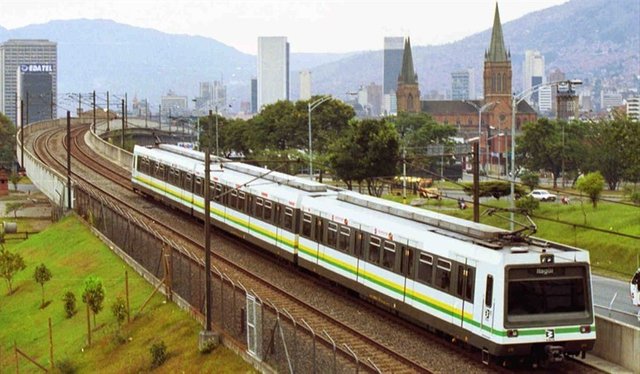
Lugares por conocer en Medellín:
Museo de Antioquia
El Museo de Antioquia es el museo más importante de Medellín, y uno de los más conocidos de Colombia. Fue el primero fundado en el departamento de Antioquia, el segundo en el país. Sus colecciones reposan en pleno centro de Medellín. Es famoso a nivel mundial por su relación con la obra del gran maestro Fernando Botero, reconocido por sus pinturas de gordas:
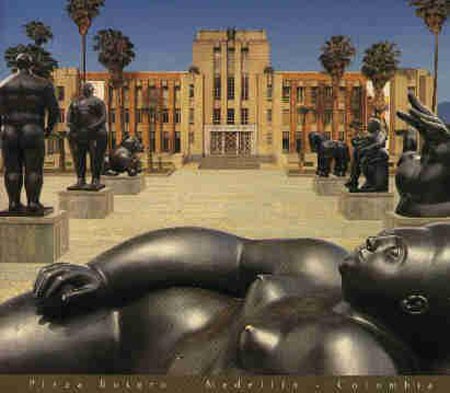
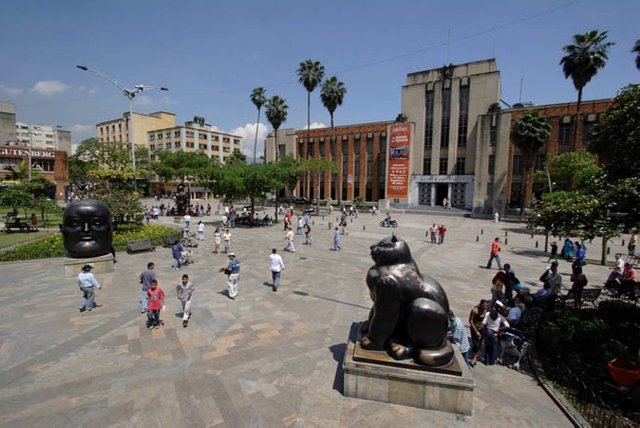
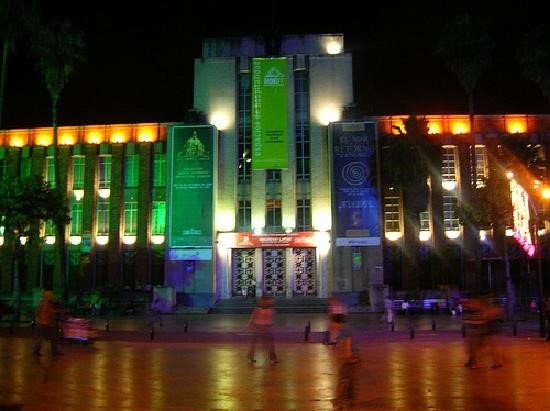
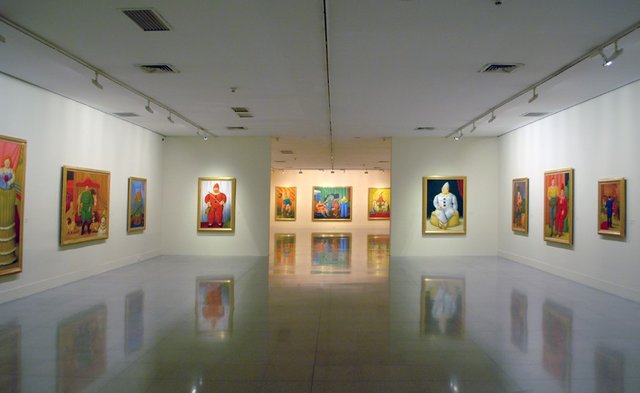
Pueblito Paisa
Es un espacio dedicado a los pueblos tradicionales de Antioquia convirtiéndose así en una réplica conmemorando la tradición paisa. Cuenta con una plaza en piedra, una fuente, una iglesia, una casa cural, la alcaldía, la barbería y la escuela que son característicos de los pueblos tradicionales. Esta localizado en la cima del Cerro de Nutibara. El pueblito paisa cuenta con unos balcones que dan una vista maravillosa a la ciudad de Medellín de día y de noche. Se pueden encontrar allí tiendas de artesanías tradicionales paisas así como restaurantes de comida típica en donde los visitantes pueden involucrarse directamente con la cultura paisa que conmemora este lugar. Se puede acceder a este por medio de automóvil o por una vía adecuada para deportistas y caminantes en donde se puede gozar de un espacio rico en naturaleza:

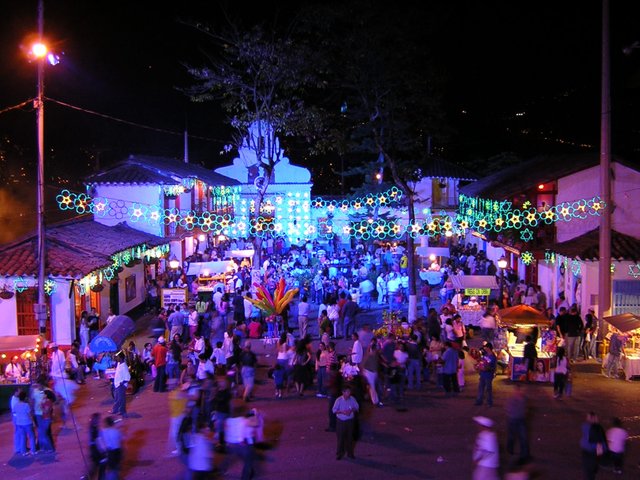
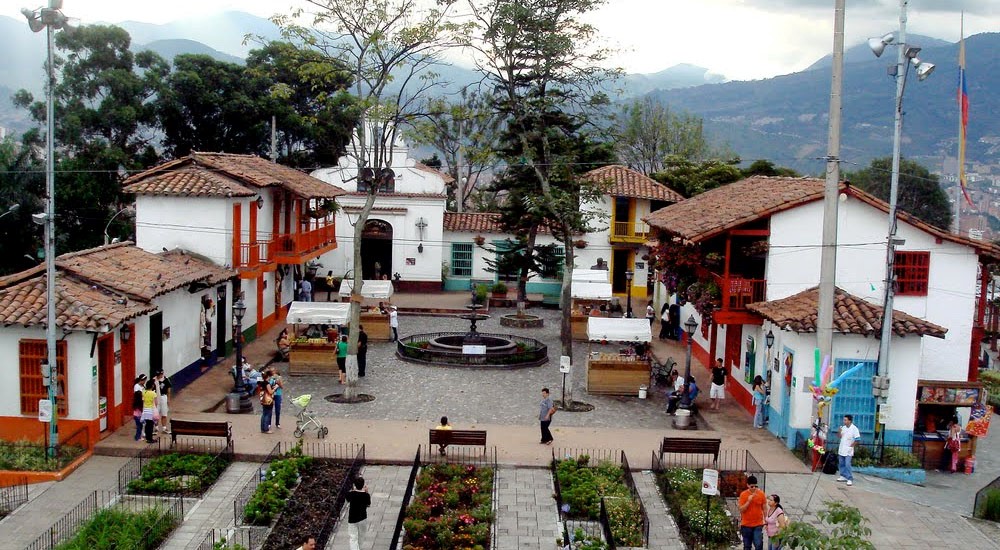

Vida Nocturna
La oferta de actividades nocturnas en Medellín es amplia y está dispuesta para todos los gustos. Cada vez hay más discotecas, teatros, bares y restaurantes que han tenido mucha acogida y hay lugares para todos los estilos:
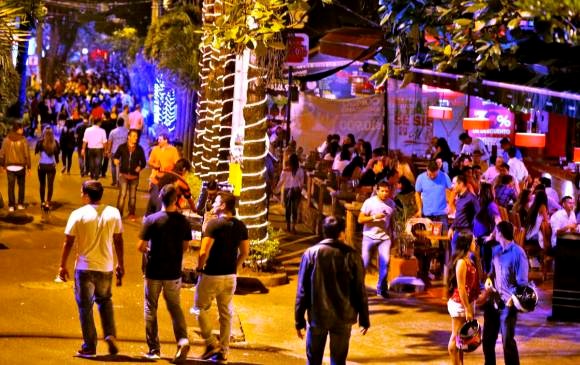



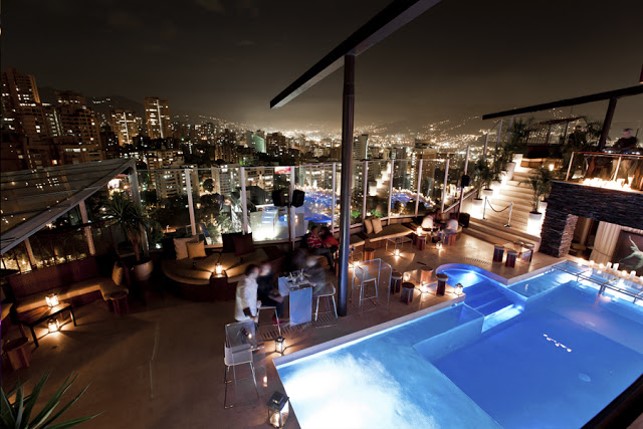

Parque Arví
El Parque Arví, es un parque regional ecoturístico abierto desarrollado en espacio de uso público, creado para el disfrute de todos los visitantes, cuyo principal atractivo es la interacción con la naturaleza:
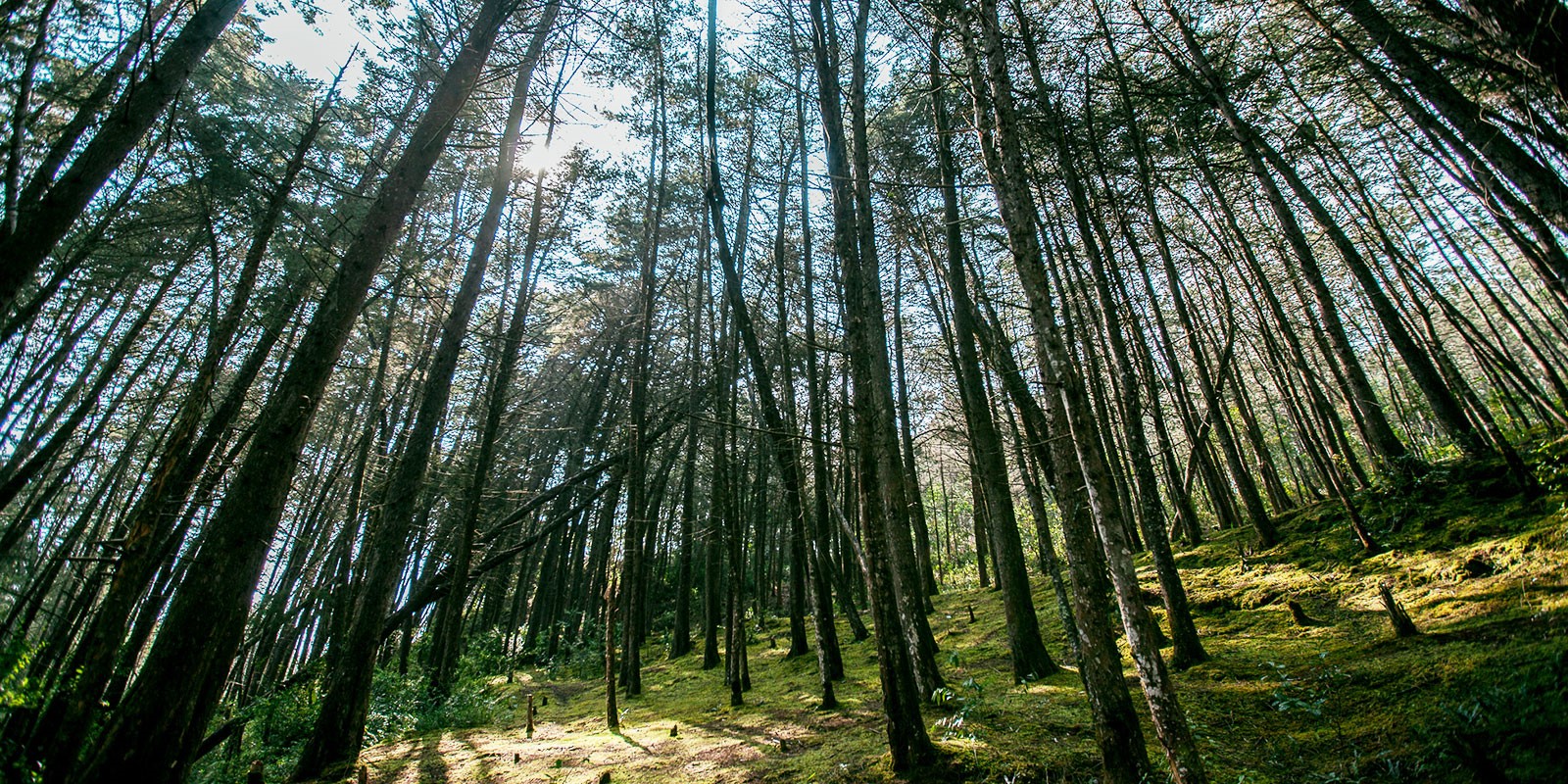
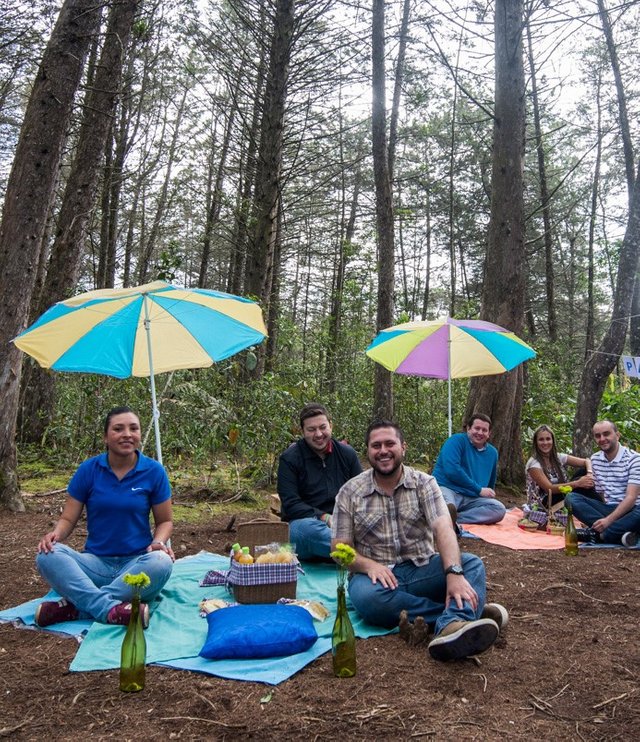
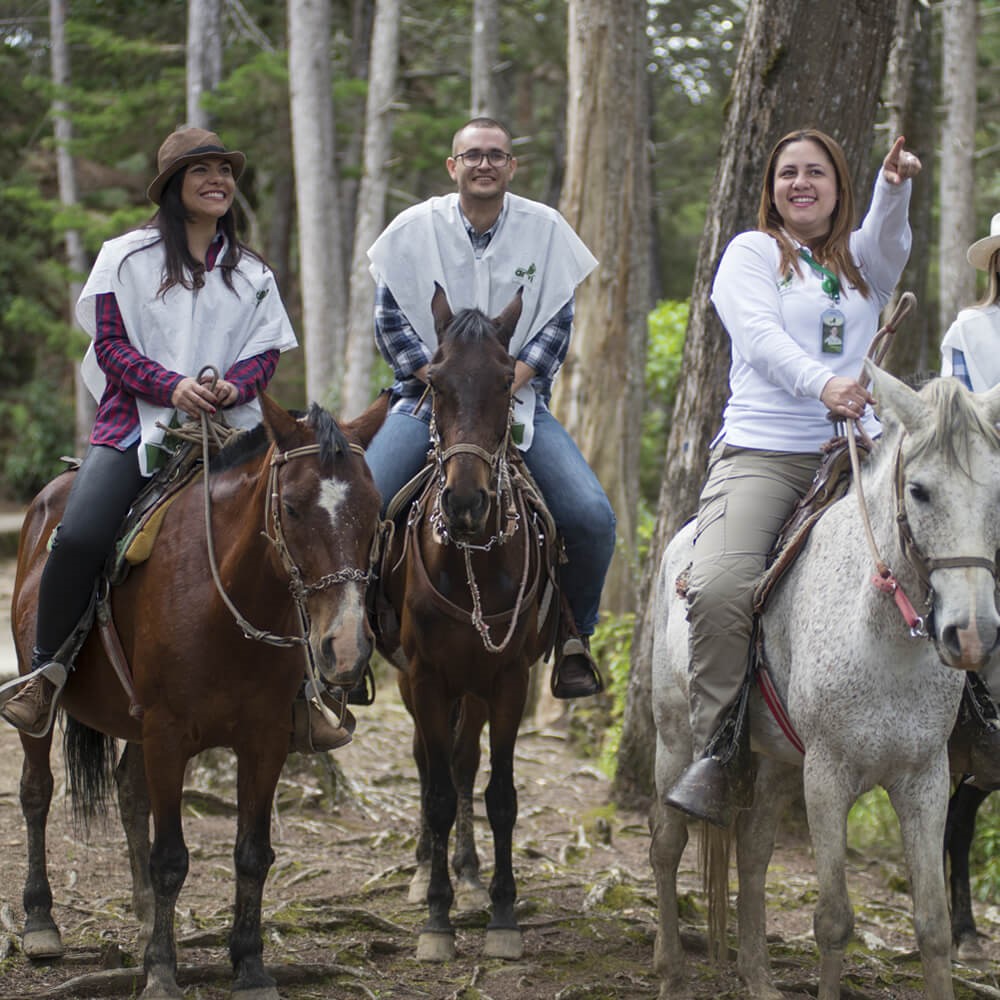
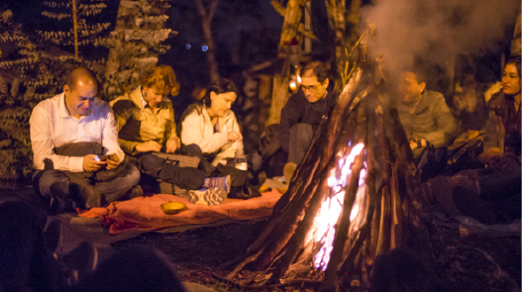

Jardín Botánico
El Jardín Botánico de Medellín Joaquín Antonio Uribe es un jardín botánico de unas 14 hectáreas de extensión, ubicado en plena ciudad. Cuenta con una importante colección de Orquídeas preservadas en un escenario llamado orquideorama, un lugar arquitectónico para la exposición de flores. El Jardín cuenta con la condición de ser centro de cultura y educación ambiental y botánica, de enorme riqueza florística, y alberga más de 1.000 especies vivas y 4.500 individuos:
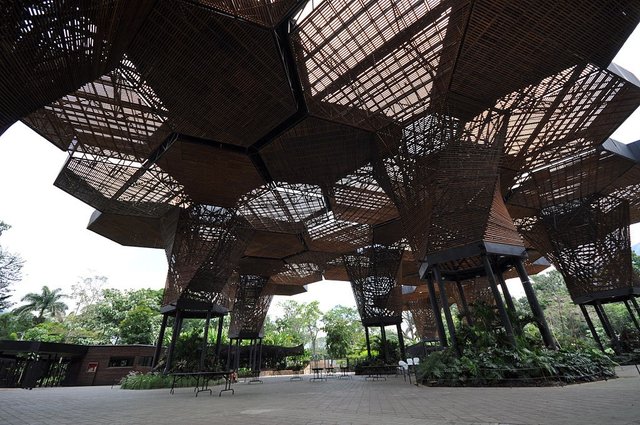
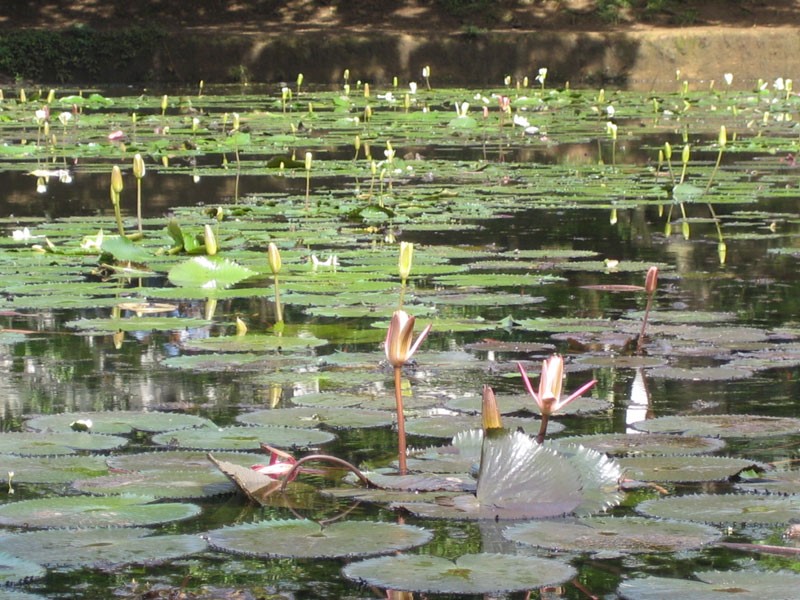
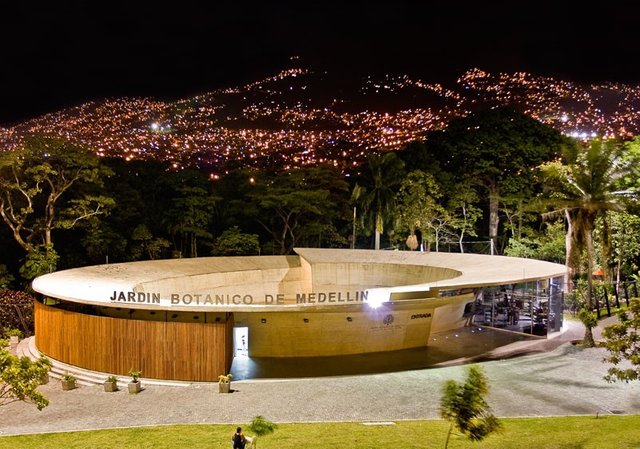
5. Eje Cafetero
El Eje Cafetero, es una región geográfica, cultural, económica y ecológica de Colombia ubicada en los departamentos de Caldas, Risaralda, Quindío, la región norte del Valle del Cauca, y el noroccidente del Tolima. Esta región fue una notable productora de caucho, a comienzos del siglo XX pero luego se dedicó al café.
El Eje cafetero colombiano debe su bienaventuranza al café. La región, con el legado paisa ha creado una identidad propia en sus costumbres actuales, y con ella ha desarrollado una cultura turística encomiable. Con una arquitectura colorida y sui generis, esta región ofrece a los visitantes peculiaridades.
El rasgo más importante de la industria turística en este sector del país(“Agroturismo”) es que está basado en la oferta de hoteles autóctonos de la región, con identidad propia de los cafetaleros de la zona. Muchas haciendas y casonas tradicionales rurales, con actividades normales del campo, han sido acondicionadas para servir de alojamiento y hospedaje para muchos turistas, las cuales poseen definidos rasgos de originalidad y belleza, en hoteles llenos de vida y tradiciones de los primeros colonos antioqueños, con cafetales llenos de historia y de colorido, con chapoleras capacitadas "empiricamente", para la recolección del café.
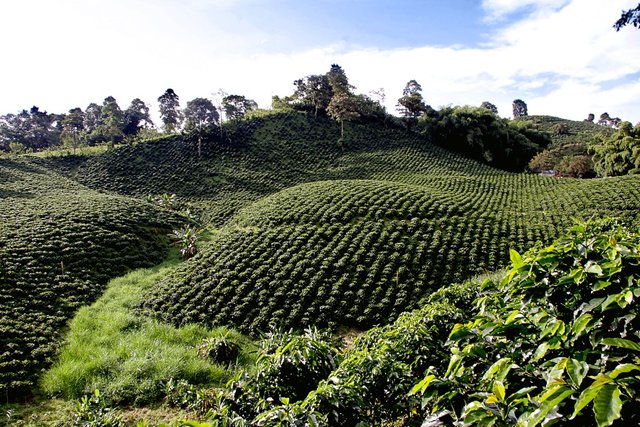
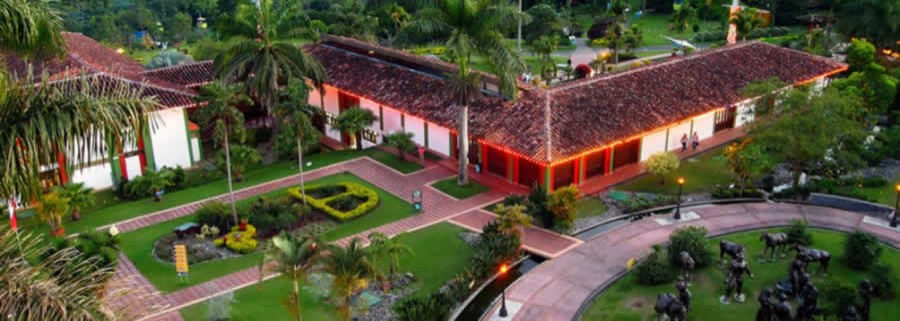
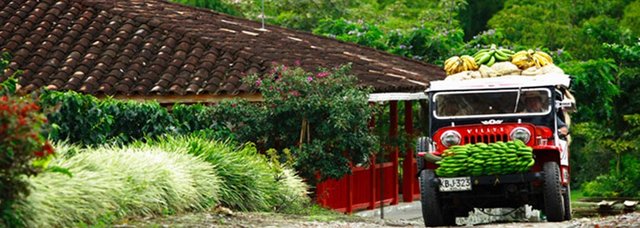
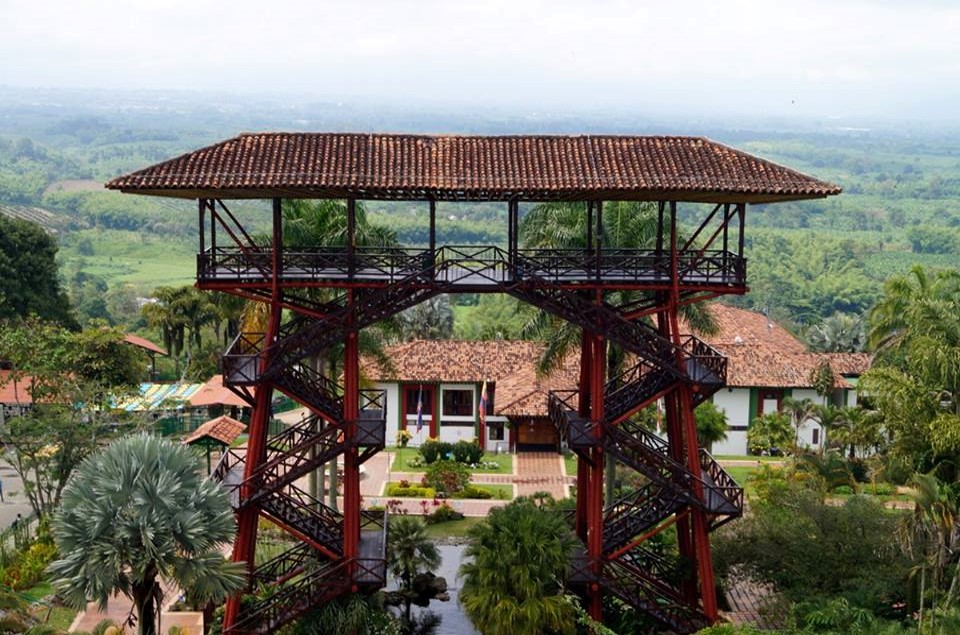
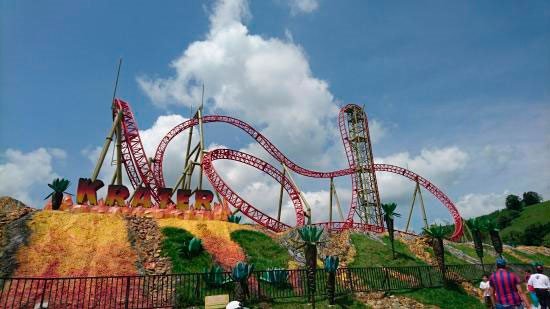
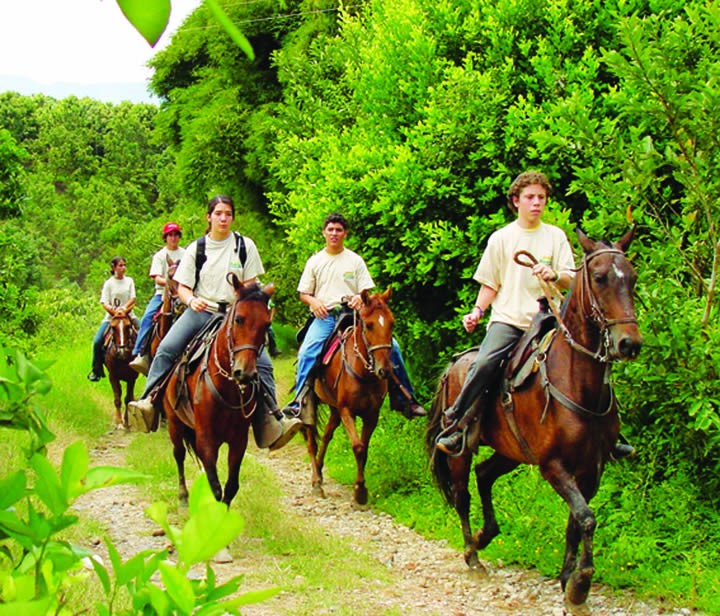
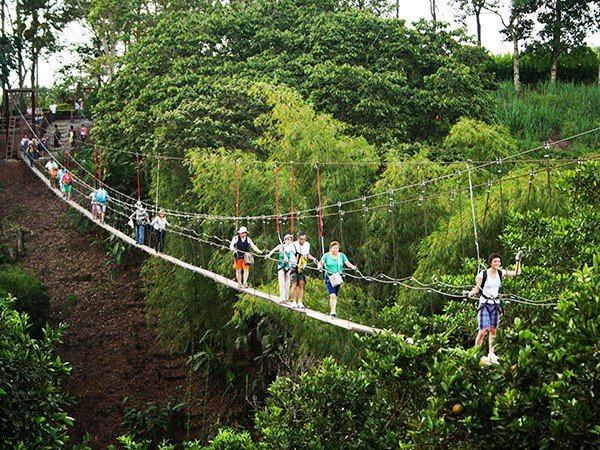

4. Parque Tayrona
El Parque Nacional Natural Tayrona se encuentra ubicado en la ciudad de Santa Marta en Colombia. Su superficie hace parte del departamento de Magdalena. A 34 km del centro urbano de Santa Marta es uno de los parques naturales más importantes de Colombia. Es hábitat de una gran cantidad de especies que se distribuyen en regiones con diferentes pisos térmicos que van desde el nivel del mar hasta alturas de 900 m. De las 15.000 hectáreas que conforman el parque, 3.000 son área marina.
En el área del parque se encuentran ruinas arqueológicas que denotan la existencia de asentamientos humanos de la tribu Tayrona que ocuparon la región desde épocas precolombinas hasta bien entrada la colonización (quizás siglos XV y XVI). Está considerado una de las reservas ecológicas más importantes de Sudamérica, posee una gran belleza natural y abundantísima flora y fauna, contiene playas vírgenes, restos arqueológicos, cascadas y quebradas.
El clima predominante en el parque es tropical húmedo con temperaturas que oscilan entre los 25 y 38 °C. Cuenta con dos temporadas: Temporada (o época) de lluvias y temporada seca siendo la primera de ellas caracterizada por fuertes precipitaciones de lluvias. En ocasiones y en algunas zonas, como la zona de "Arrecife" hay una capa de neblina que es retenida por montañas pequeñas, observándose el efecto en las madrugadas y en el crepúsculo.
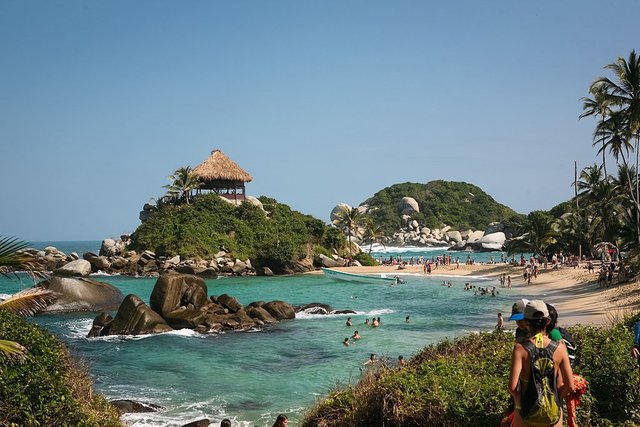
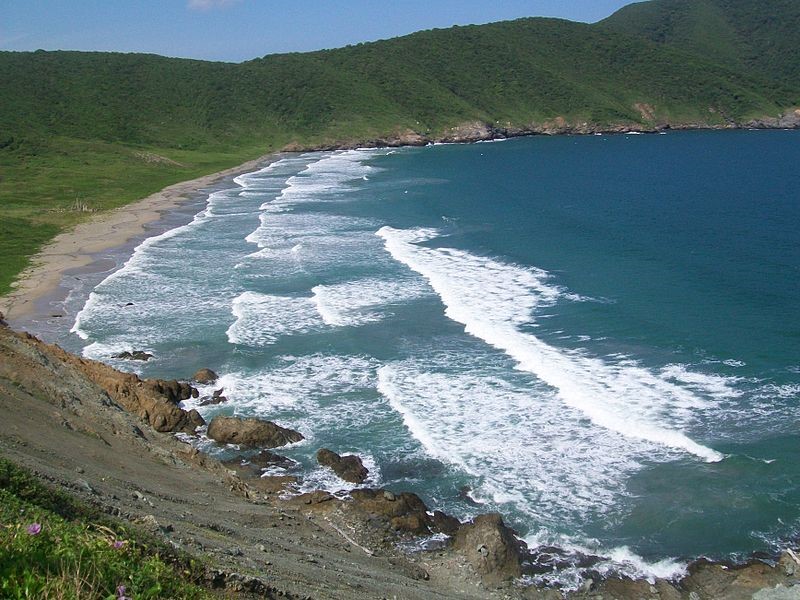
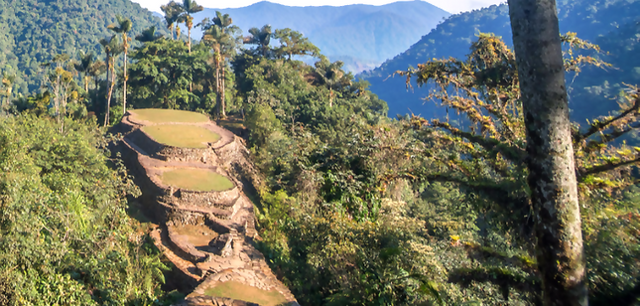
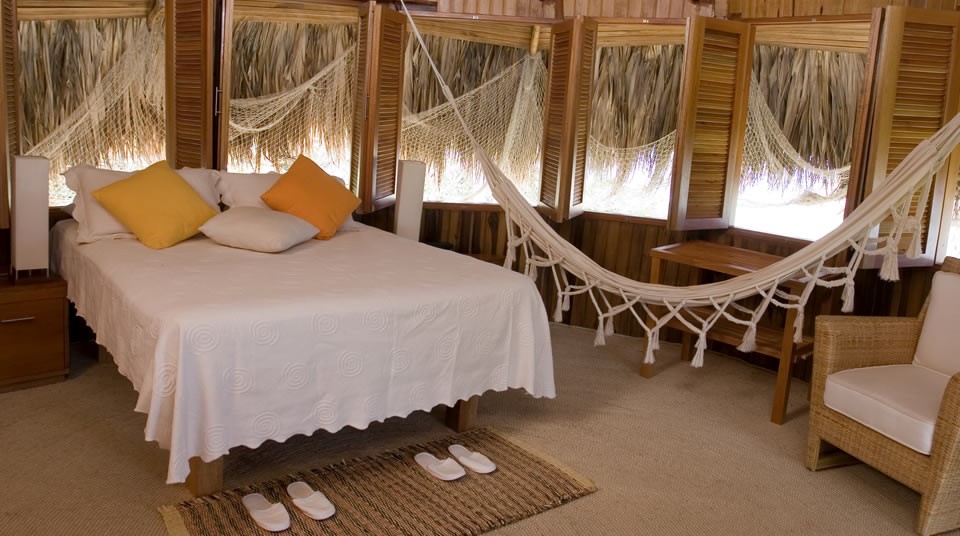

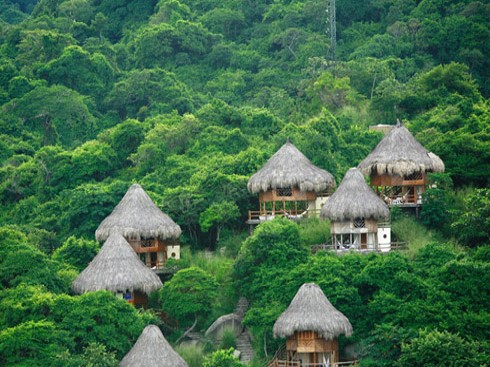
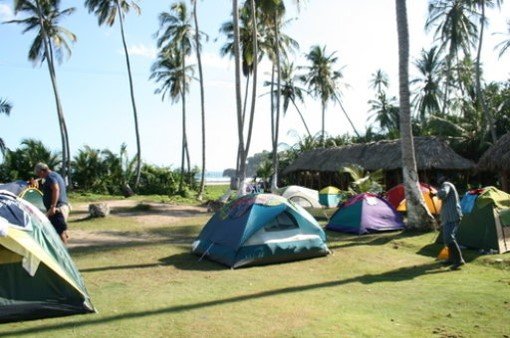
3. Caño cristales
Caño Cristales es un río de Colombia que está ubicado en la sierra de la Macarena, en el municipio del mismo nombre, en el departamento del Meta. Ha sido denominado “el río de los dioses”, “el río de los cinco colores”, “el arco iris que se derritió” o también “el río más hermoso del mundo”, ya que en su fondo se reproducen plantas (algas) acuáticas de diversos colores, que producen la sensación de estar frente a un río de cinco colores: rojo, amarillo, verde , negro , azul y rosado principalmente.
Los meses para visitar Caño Cristales van de junio hasta diciembre, esto se debe a que la temporada de precipitación lluviosa en esta parte de la región, se presenta solo en esta época y, es así como se pueden ver las plantas y el caño en su mayor esplendor. Es normal que, por ser temporada de lluvias, se retrasen los vuelos en algunas ocasiones, hay que tener paciencia en esos casos esporádicos, pero sin duda la temporada de lluvias es la mejor temporada para presenciar ese espectáculo natural.

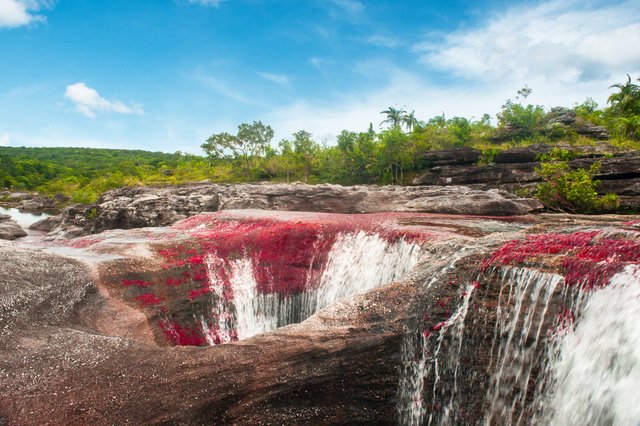
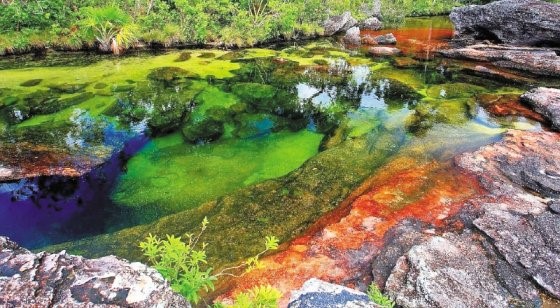
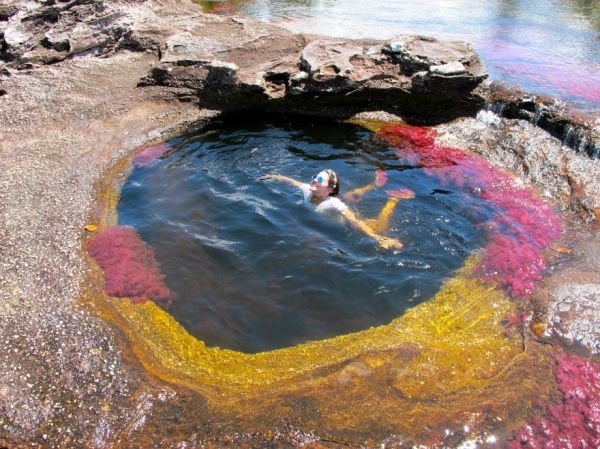
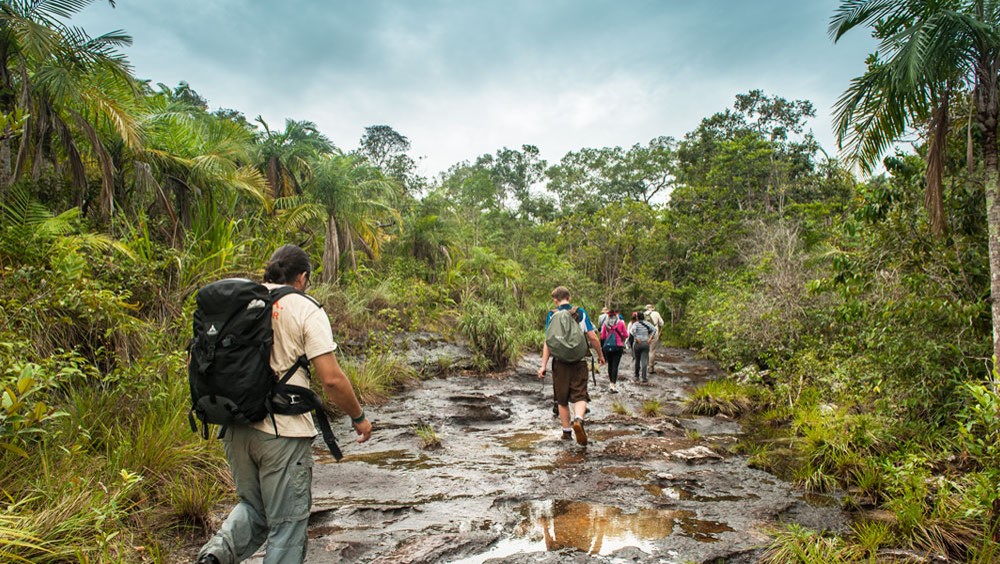
2. Providencia
La Isla de Providencia, conocida también como Old Providence, es una isla del Mar Caribe de 17 km² que pertenece al departamento colombiano de San Andrés, Providencia y Santa Catalina.
Con 17 km², es la segunda en tamaño del departamento; tiene 7 km de largo y 4 km de ancho. Se localiza a 90 km al norte de la isla de San Andrés. La isla fue por mucho tiempo un lugar tranquilo y no tuvo los efectos del turismo. Sin embargo el incremento del turismo y en particular del ecoturismo la han puesto en la mira del interés de visitantes. Tanto el buceo como el esnórquel son muy practicados debido a los arrecifes de coral, la riqueza de fauna y flora marina y las aguas transparentes. Junto a ella se encuentra otra islita llamada Santa Catalina separada por un canal natural de 150 m de amplitud.Santa Catalina y Providencia están unidas por el "Puente de los enamorados".
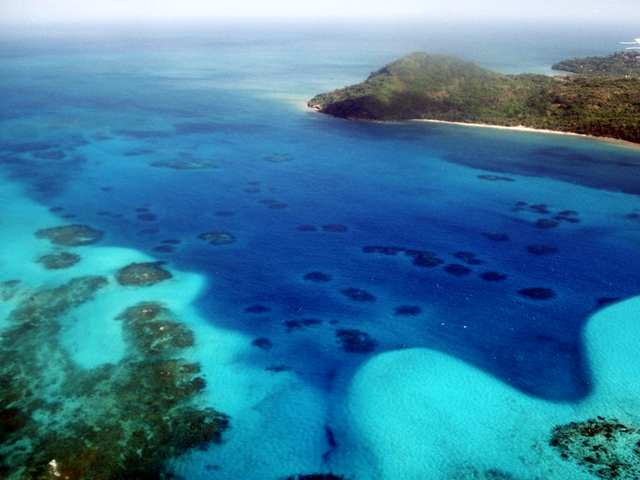
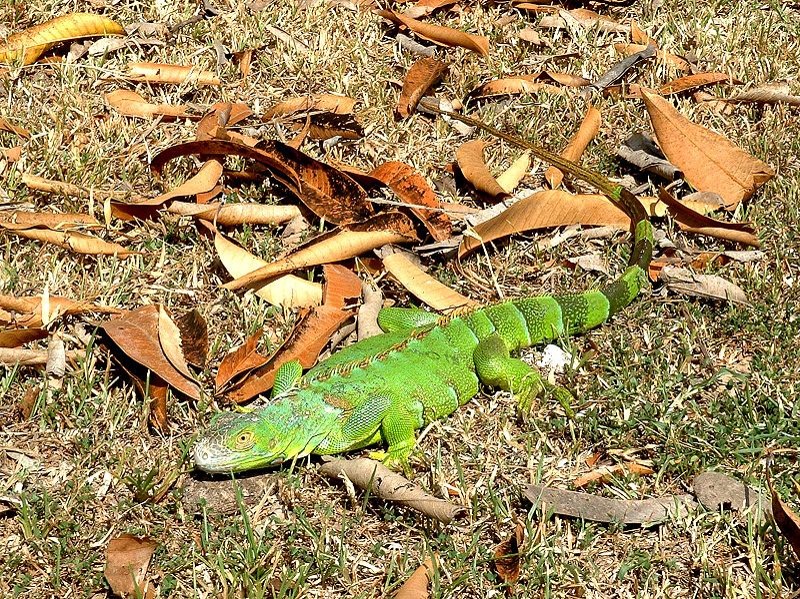
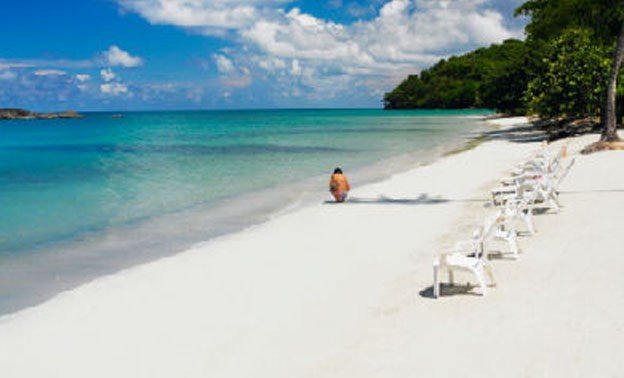
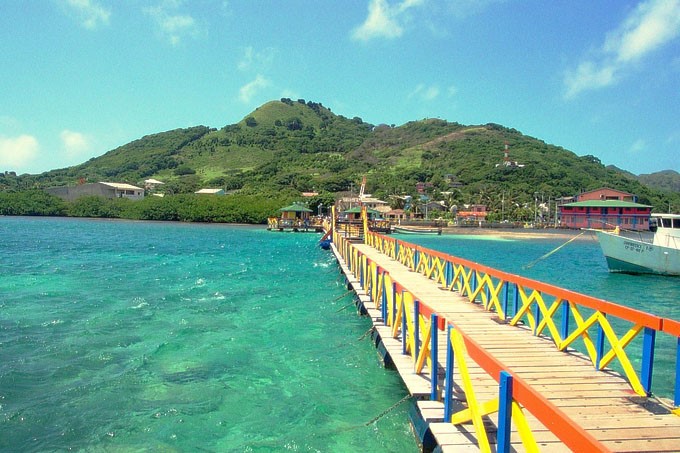
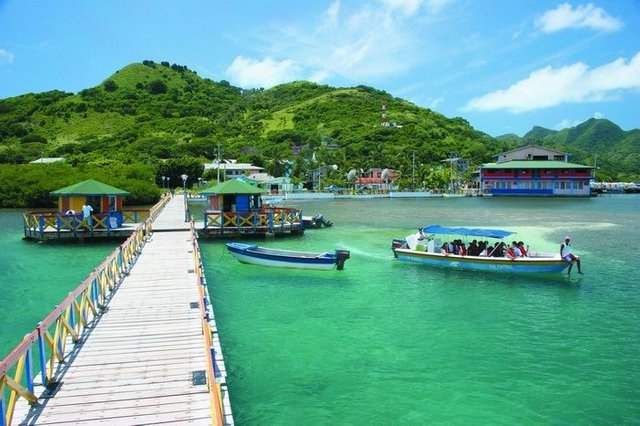
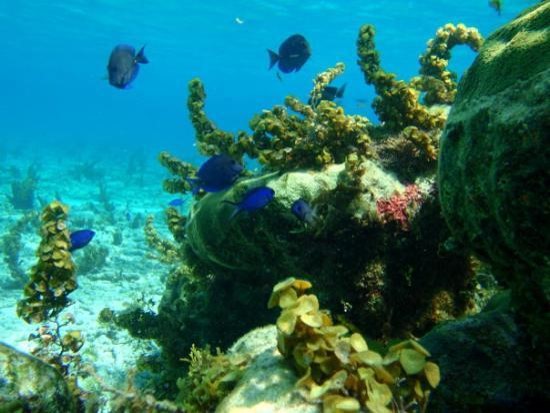
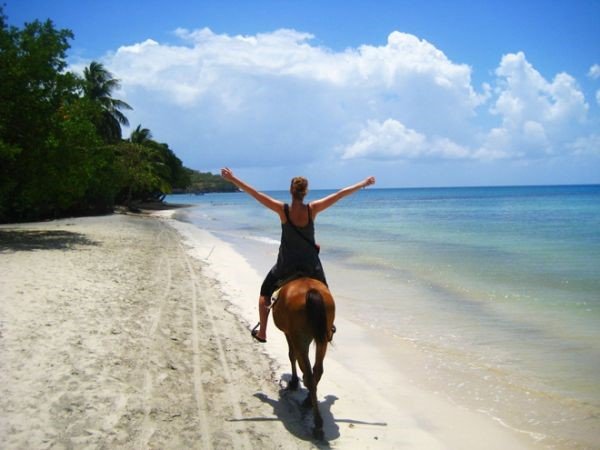
1. Cartagena de indias
Cartagena ha sido una ciudad principalmente asociada con la historia pirata, pues fue allí donde se presentaron numerosos ataques por parte de los piratas provenientes de Europa, que encontraron en la ciudad un lugar adecuado para saquear en la época colonial, lo que la hizo en su momento, convertirse en la ciudad más reforzada de América del Sur y el Caribe, llegando a estar casi tan reforzada como el mismo Golfo de México en su época. En la actualidad se mantiene su arquitectura colonial
Con el gran paso del tiempo, Cartagena ha desarrollado su zona urbana, conservando el centro histórico y convirtiéndose en uno de los puertos de mayor importancia en Colombia, el Caribe y el mundo así como célebre destino turístico. Actualmente la población total de su cabecera es de 971 700 habitantes, siendo el quinto (5) municipio más poblado del país. Su centro histórico, la «Ciudad Amurallada», fue declarado Patrimonio Nacional de Colombia en 1959 y por la Unesco Patrimonio de la Humanidad en 1984. En el año 2007 su arquitectura militar fue galardonada como la cuarta maravilla de Colombia.
Cartagena de Indias es uno de los destinos turísticos más importantes de Colombia y América Latina. El turismo se convirtió en un factor potencial de la ciudad gracias a sus atractivos naturales y su rica historia, de manifiesto en la variedad de estilos arquitectónicos. En Cartagena se dan cita el barroco español, la arquitectura colonial española y el estilo neoclásico, entre otros. El hecho de ser considerada Patrimonio de la Humanidad por la Unesco la fortaleció como una potencia turística de la región. La ciudad ha tomado reconocimiento a partir de diferentes visitantes ilustres, como presidentes, actores y diferentes celebridades del mundo. La ciudad posee dentro de sus principales destinos lugares históricos como el Castillo de San Felipe, el Palacio de la Inquisición, la Torre del Reloj, las murallas, las calles coloniales, y también bellezas naturales como las playas de la Boquilla, Bocagrande, Castillo Grande, El Laguito y las cercanas islas del Rosario y de Barú. Debido a su arquitectura, Cartagena ha sido sede de rodajes de diferentes telenovelas y películas.
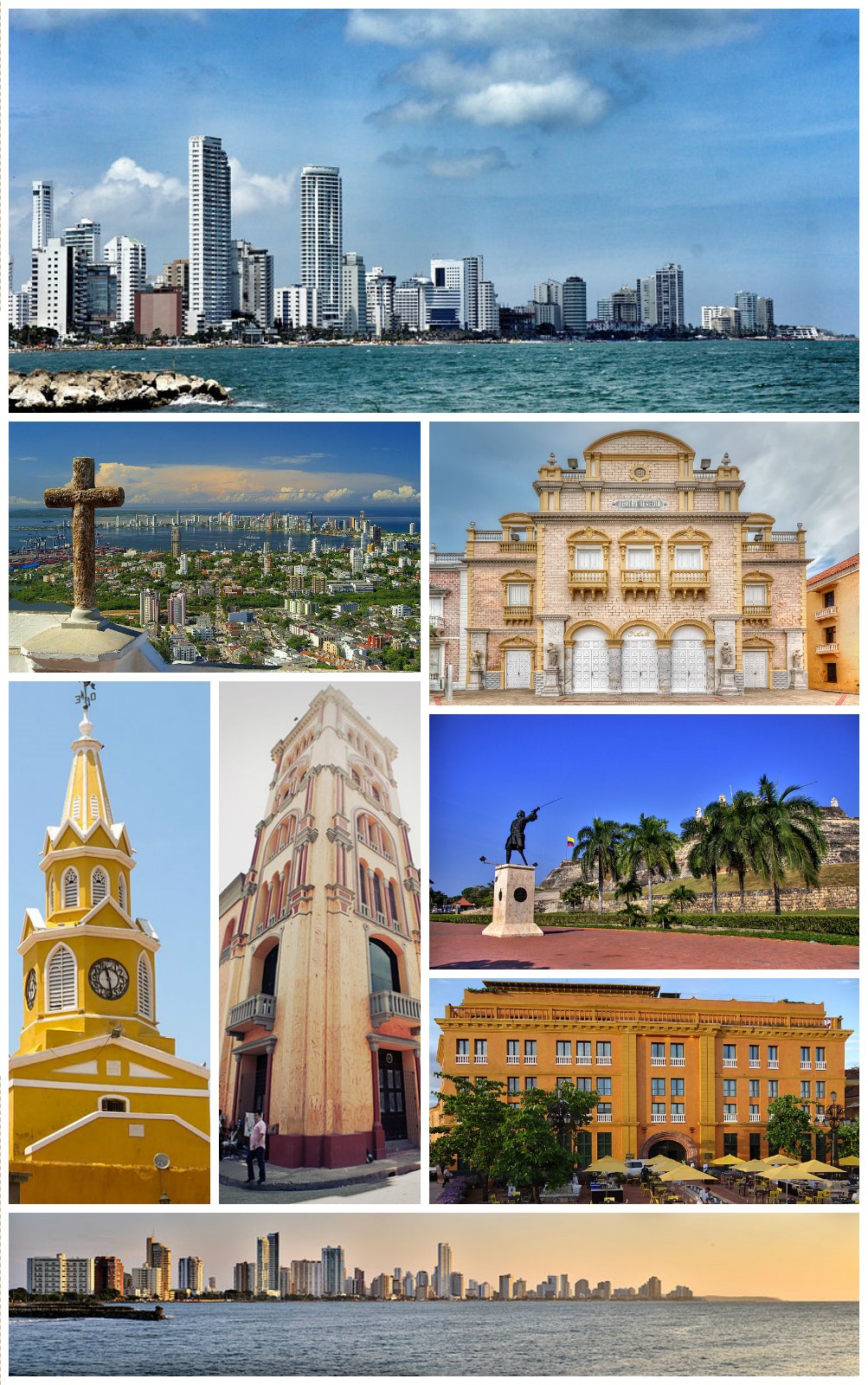
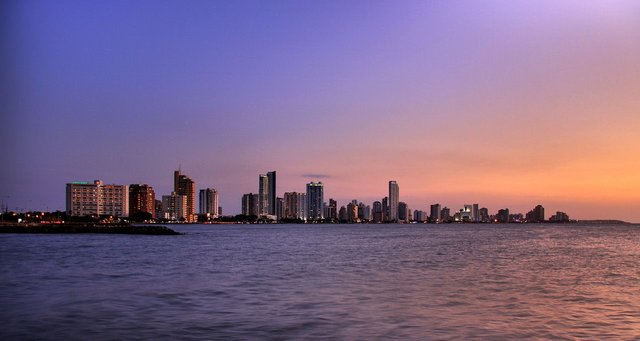
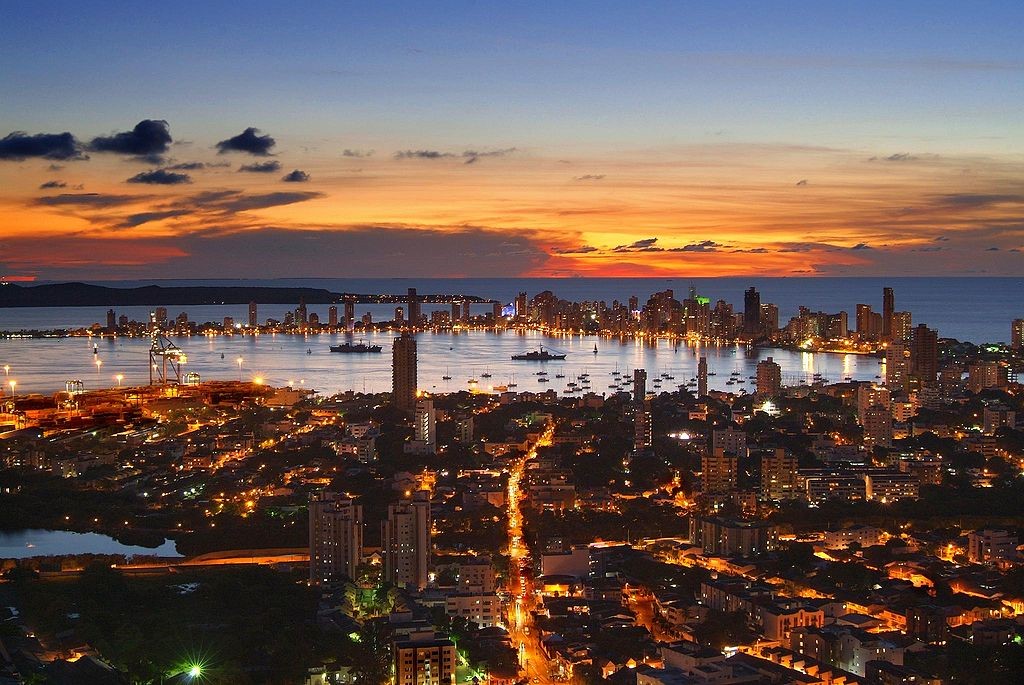

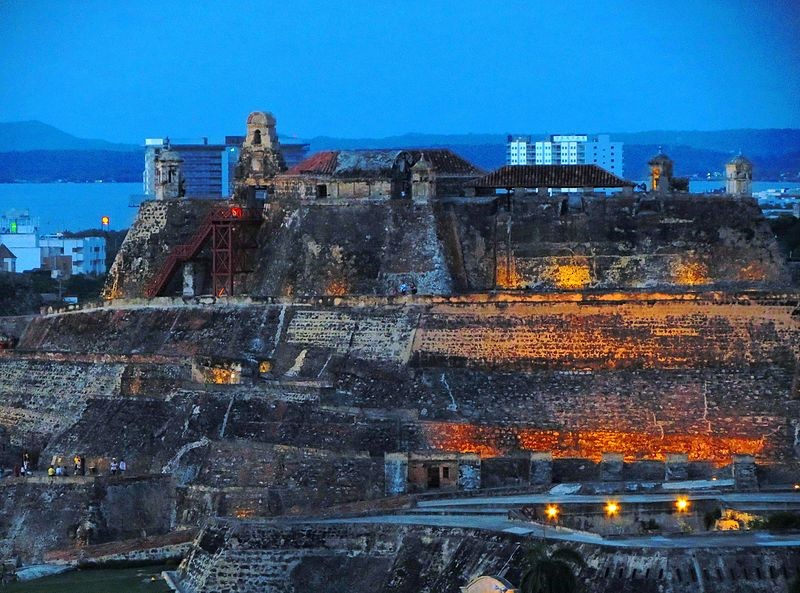
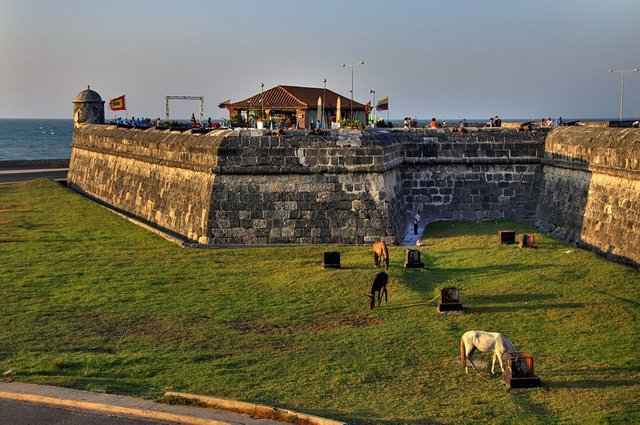
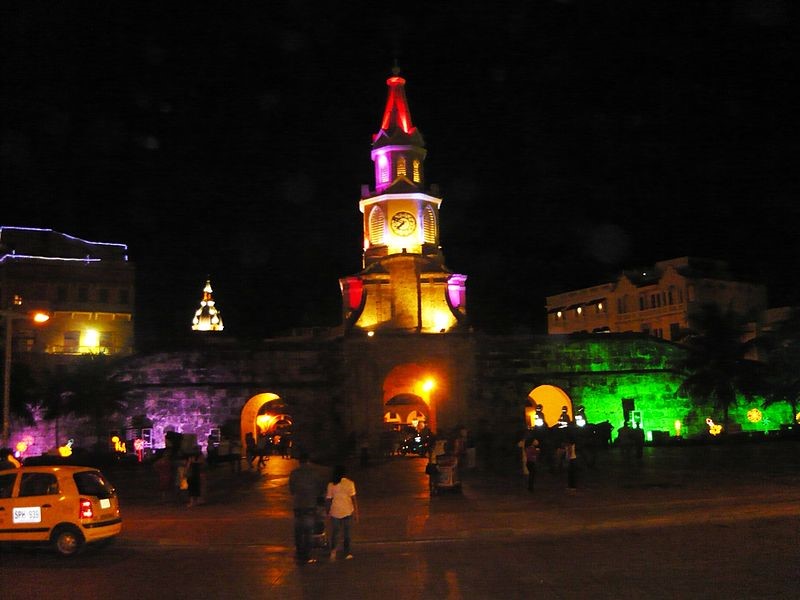
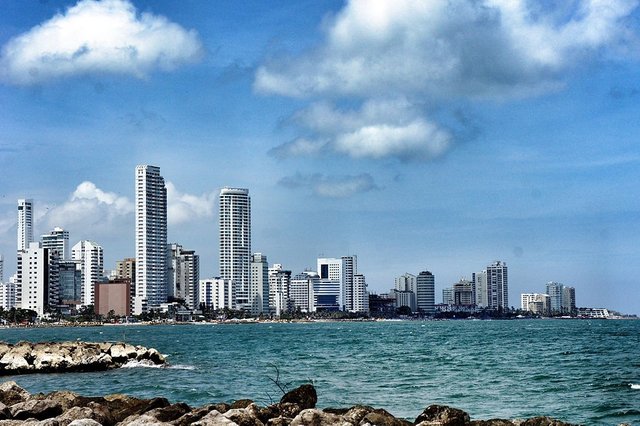

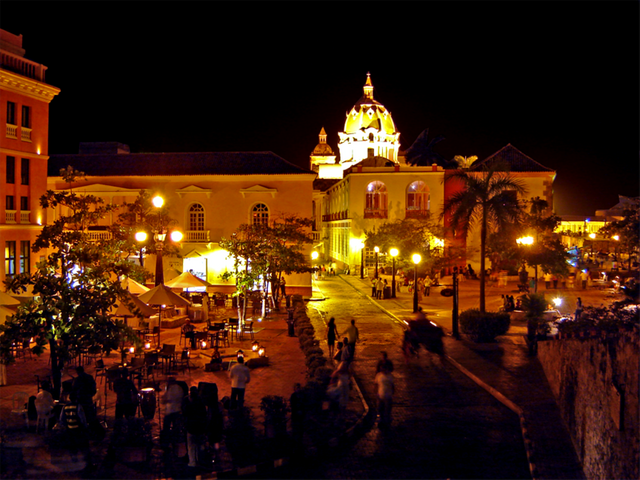

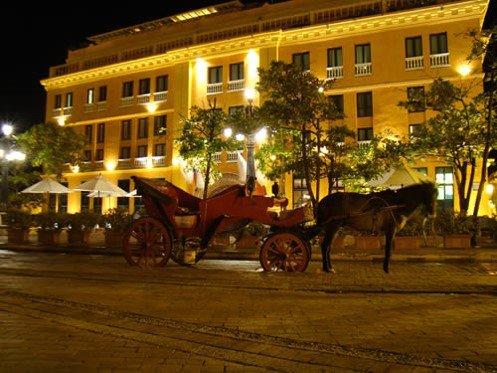
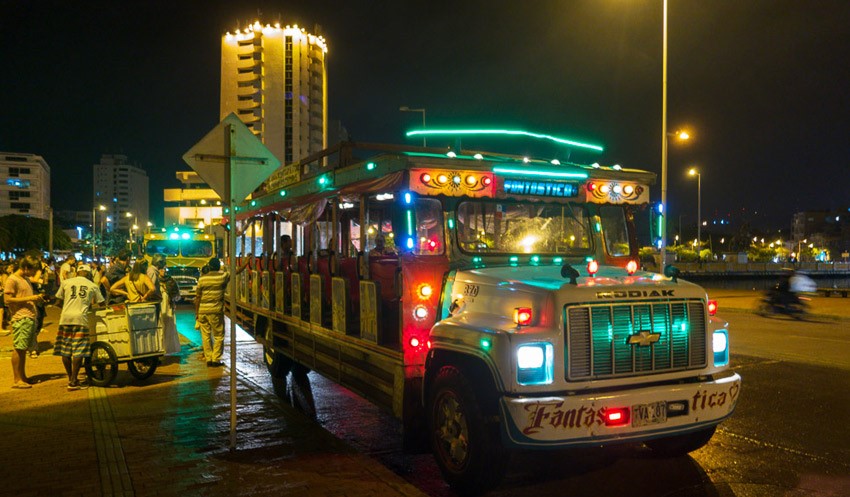
Fuentes de consulta de la información y fotos aquí contenidas:
https://es.wikipedia.org/
http://www.colombia.co/
http://enviajes.cl/colombia/lugares-turisticos-de-colombia/
http://www.vix.com/es/imj/mundo/5276/los-5-mejores-destinos-turisticos-de-colombia
y por supuesto, mis propias experiencias en varios de estos lugares!!!
The 6 Best Tourist Places in Colombia
Sadly, our beautiful country Colombia a few years ago was more recognized by negative things (drug trafficking, violence, guerrilla, drugs, etc.) than by the thousands of beautiful things it has today. Fortunately in recent years the country has changed a lot for good in the vast majority of its aspects, and it can be said that today is one of the best tourist destinations that can be found in South America.
Today there is a beautiful campaign with the slogan: "Colombia, The risk is that you want to stay" all foreigners who are given the opportunity to know this beautiful country can attest that after spending time here, the only risk is to want stay to live at all.
As I know that many people have not come to know Colombia, I want to show you the 6 best tourist places in the country to have them among your future travel plans:
6. Medellín
Known as "the city of eternal spring", it is the second largest city in Colombia and the most beautiful of this city is the hospitality of its inhabitants. There you can find the most beautiful women in the country and it is a very modern city (the only one in the country that has Metro) where you can find a diverse offer of activities and several tourist sites.

Places to visit in Medellín:
Museum of Antioquia
The Museum of Antioquia is the most important museum in Medellín, and one of the best known in Colombia. It was the first founded in the department of Antioquia, the second in the country. Its collections rest in the heart of Medellín. The Museum is famous worldwide for its relationship with the work of the great master Fernando Botero, recognized by his paintings of fat women and men:




Pueblito Paisa
It is a space dedicated to the traditional peoples of Antioquia thus becoming a replica commemorating paisa tradition. It has a stone square, a fountain, a church, a cural house, the mayor's office, the barbershop and the school that are characteristic of traditional villages. It is located at the top of Cerro de Nutibara. The pueblito paisa has balconies that give a wonderful view to the city of Medellín day and night. Traditional handicraft shops can be found there as well as typical food restaurants where visitors can get involved directly with the paisa culture that commemorates this place. It can be accessed by car or by a suitable route for athletes and walkers where you can enjoy a space rich in nature:




Night Life
The nightlife offer in Medellín is wide and is ready for all tastes. There are more discos, theaters, bars and restaurants that have been very welcoming and there are places for all styles:






Arví Park
Arví Park is an open ecotourism regional park developed in a space of public use, created for the enjoyment of all visitors, whose main attraction is the interaction with nature:





Botanical Garden
The Botanical Garden of Medellín Joaquín Antonio Uribe is a botanical garden of 14 hectares of extension, located in the city. It has an important collection of Orchids preserved in a stage called orchidorama, an architectural place for the flower exhibition. The Garden has the status of being a center of culture and environmental and botanical education, of enormous floristic richness, and houses more than 1,000 living species and 4,500 individuals:



5. Eje Cafetero
The Eje Cafetero is a geographical, cultural, economic and ecological region of Colombia located in the departments of Caldas, Risaralda, Quindío, the northern region of Valle del Cauca, and northwestern Tolima. This region was a notable producer of rubber, at the beginning of the 20th century but then it was dedicated to coffee.
The Colombian coffee industry owes its bliss to coffee. The region, with the paisa legacy, has created its own identity in its current customs, and with it has developed a commendable tourist culture. With a colorful architecture and sui generis, this region offers visitors quirks.
The most important feature of the tourist industry in this sector of the country ("Agrotourism") is that it is based on the offer of native hotels in the region, with its own identity of the local coffee growers. Many traditional rural haciendas and houses, with normal activities of the countryside, have been adapted to serve as lodging and lodging for many tourists, who have defined characteristics of originality and beauty, in hotels full of life and traditions of the first settlers of Antioquia, with Coffee plantations full of history and color, with "empirically" qualified cupolas for the collection of coffee.








4. Tayrona Park
The Tayrona National Natural Park is located in the city of Santa Marta in Colombia. Its surface is part of the department of Magdalena. 34 km from the urban center of Santa Marta is one of the most important natural parks in Colombia. It is a habitat for a large number of species that are distributed in regions with different thermal floors ranging from sea level to heights of 900 m. Of the 15,000 hectares that make up the park, 3,000 are marine areas.
In the area of the park are archaeological ruins that denote the existence of human settlements of the Tayrona tribe that occupied the region from pre-Columbian times until well into the colonization (perhaps centuries XV and XVI). It is considered one of the most important ecological reserves in South America, has a great natural beauty and abundant flora and fauna, contains virgin beaches, archaeological remains, waterfalls and ravines.
The predominant climate in the park is tropical humid with temperatures ranging between 25 and 38 ° C. It has two seasons: Season (or season) of rains and dry season being the first of them characterized by heavy rainfall. Occasionally and in some areas, such as the "Arrecife" area, there is a layer of haze that is retained by small mountains, observing the effect at dawn and twilight.







3. Caño cristales
Caño Cristales is a river of Colombia that is located in the mountain range of the Macarena, in the municipality of the same name, in the department of Meta. It has been called "the river of the gods", "the river of the five colors", "the rainbow that melted" or also "the most beautiful river in the world" Aquatic of different colors, which produce the feeling of being in front of a river of five colors: red, yellow, green, black, blue and pink mainly.
The months to visit Caño Cristales go from June to December, this is due to the fact that the rainy season in this part of the region occurs only in this time and, this is how you can see the plants and the pipe in your Greater splendor. It is normal that, because it is a rainy season, flights are delayed on some occasions, you have to have patience in such sporadic cases, but certainly the rainy season is the best season to witness this natural spectacle.





2. Providence Island
Providence Island, also known as Old Providence, is an island of the Caribbean Sea of 17 km² that belongs to the Colombian department of San Andrés, Providencia and Santa Catalina.
With 17 km ², it is the second in size of the department; Is 7 km long and 4 km wide. It is located 90 km north of the island of San Andrés. The island was for a long time a quiet place and did not have the effects of tourism. However, the increase in tourism and in particular ecotourism has put it in the sights of the interest of visitors. Both diving and snorkeling are highly practiced due to coral reefs, rich marine fauna and flora and transparent waters. Next to it is another small island called Santa Catalina separated by a natural canal of 150 m of amplitud.Santa Catalina and Providencia are united by the "Bridge of lovers."







1. Cartagena de indias
Cartagena has been a city mainly associated with the pirate history, because it was there where numerous attacks were presented by the pirates coming from Europe, who found in the city a suitable place to plunder in the colonial era, what it did in its To become the most strengthened city in South America and the Caribbean, becoming almost as strong as the Gulf of Mexico itself in its time. At present it maintains its colonial architecture.
With the great passage of time, Cartagena has developed its urban area, preserving the historic center and becoming one of the most important ports in Colombia, the Caribbean and the world as well as famous tourist destination. Currently the total population of its head is 971 700 inhabitants, being the fifth (5) most populous municipality of the country. Its historical center, the "Walled City", was declared National Heritage of Colombia in 1959 and by Unesco Patrimony of the Humanity in 1984. In 2007 its military architecture was awarded as the fourth wonder of Colombia.
Cartagena de Indias is one of the most important tourist destinations in Colombia and Latin America. Tourism became a potential factor of the city thanks to its natural attractions and rich history, manifested in the variety of architectural styles. In Cartagena there are Spanish baroque, Spanish colonial architecture and neoclassical style, among others. The fact of being considered a World Heritage Site by Unesco strengthened it as a tourist power of the region. The city has gained recognition from different illustrious visitors, such as presidents, actors and different celebrities of the world. The city has in its main destinations historical places like the Castle of San Felipe, the Palace of the Inquisition, the Tower of the Clock, the walls, the colonial streets, and also natural beauties like the beaches of the Boquilla, Bocagrande, Castillo Grande , El Laguito and the nearby islands of Rosario and Barú. Due to its architecture, Cartagena has been the location for filming different tv series and films.













Sources of the information and photos contained herein:
https://es.wikipedia.org/
http://www.colombia.co/
http://enviajes.cl/colombia/lugares-turisticos-de-colombia/
http://www.vix.com/es/imj/mundo/5276/los-5-mejores-destinos-turisticos-de-colombia
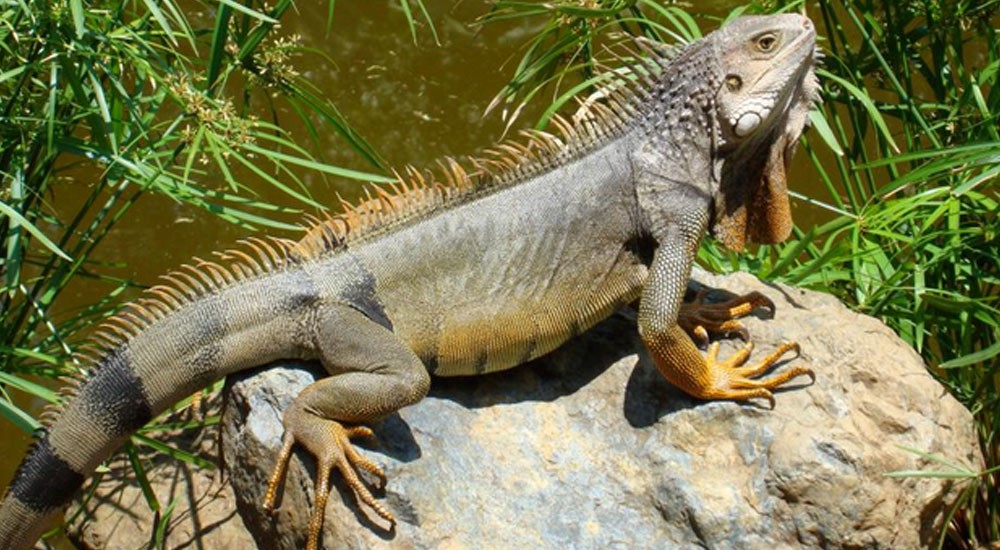
Congratulations @juanrosellares! You have completed some achievement on Steemit and have been rewarded with new badge(s) :
Click on any badge to view your own Board of Honor on SteemitBoard.
For more information about SteemitBoard, click here
If you no longer want to receive notifications, reply to this comment with the word
STOPDownvoting a post can decrease pending rewards and make it less visible. Common reasons:
Submit
Congratulations @juanrosellares! You have completed some achievement on Steemit and have been rewarded with new badge(s) :
Click on any badge to view your own Board of Honor on SteemitBoard.
For more information about SteemitBoard, click here
If you no longer want to receive notifications, reply to this comment with the word
STOPDownvoting a post can decrease pending rewards and make it less visible. Common reasons:
Submit